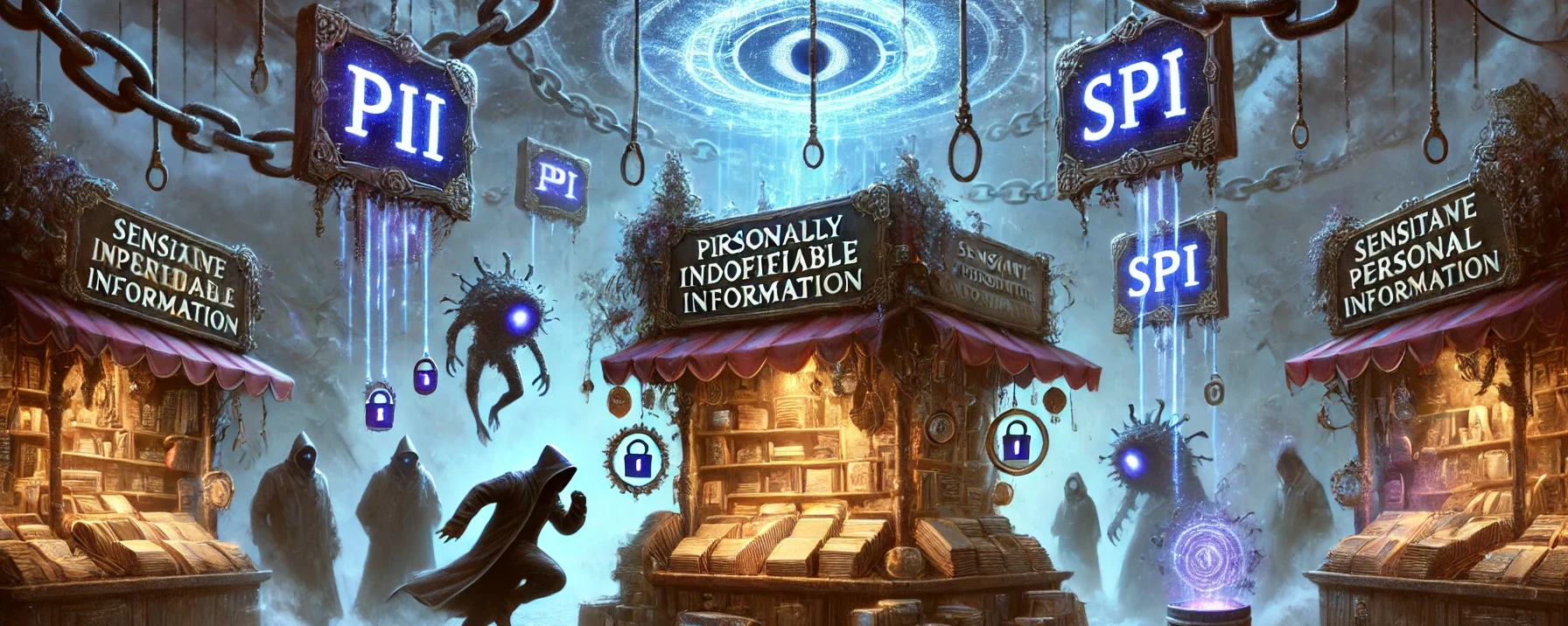Online anonymity
Is it possible to be truly ‘private’ while still having some sort of online presence? How much sharing is too much? What can the ‘bad guys’ find out about a person online?
These are all reasonable questions to ask. I respect that some people make a conscious choice to be ‘anonymous’ online, and aim to separate certain aspects of their personality from their ‘real’ identity. There can be any number of perfectly valid reasons for having such concerns and working to retain a degree of anonymity.
I read some good thinking on this topic from Lou Plummer and from Vixiss on the Viscissitudes blog a while back. As for myself, I don’t really attempt to hide who I am behind different presences online. I’ve had chats with people over the years who seem surprised that a ‘savvy’ technical person would be so seemingly unconcerned about their personally identifiable details being available on the internet. I’ve tried to explain my thinking with varying degrees of success, and this post is another such attempt.
(more…)

